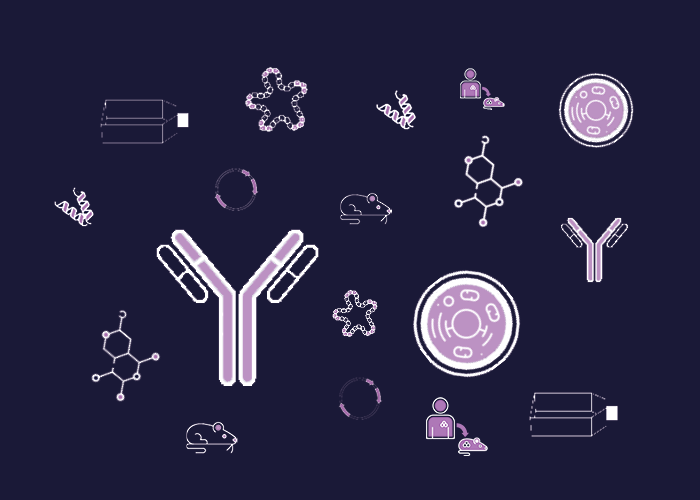Cat. #158386
Histone deacetylase 3 (HDAC 3) knockout mouse embryonic stem cell line
Cat. #: 158386
Unit size: 1x10^6 cells / vial
Availability: 10-12 weeks
£575.00
This fee is applicable only for non-profit organisations. If you are a for-profit organisation or a researcher working on commercially-sponsored academic research, you will need to contact our licensing team for a commercial use license.
Contributor
Inventor: Shaun Cowley
Institute: University of Leicester
Tool Details
*FOR RESEARCH USE ONLY (for other uses, please contact the licensing team)
- Name: Histone deacetylase 3 (HDAC 3) knockout mouse embryonic stem cell line
- Research fields: Developmental biology
- Conditional: Yes
- Conditional description: Induction of Cre activity by addition of 4-hydroxy tamoxifen (OHT) to the growth media resulted in complete recombination of each allele and deletion of exon 2 (HDAC1ÄÂ?Â2/ÄÂ?Â2 or HDAC2 ÄÂ?Â2/ÄÂ?Â2) within 24 h
- Description: Responsible for the deacetylation of lysine residues on the N-terminal part of the core histones (H2A, H2B, H3 and H4). Histone deacetylation gives a tag for epigenetic repression and plays an important role in transcriptional regulation, cell cycle progression and developmental events. Histone deacetylases act via the formation of large multiprotein complexes. Histone deacetylase 3 (HDAC3) acts as the catalytic core of the SMRT/NCoR co-repressor complex which regulates chromatin structure and gene expression. It was recently shown that HDAC3 binds, and is regulated in vitro, by the binding of inositol phosphates (IP).
- Production details: E14 ES cells, expressing a CreER fusion protein from the ROSA26 locus, were used to generate HDAC3Lox/Lox; CreER cell lines by consecutive rounds of gene targeting.
Target Details
- Target: Histone deacetylase 3
Applications
- Application notes: Loss of exon 3 via the conditional KO disrupts the ORF of HDAC3 such that a premature stop codon is introduced. Following this deletion of exon 3 a further 4?Â5 days of culture are required before HDAC3 protein levels are reduced below 10% of those of control cells. "Loss of HDAC3 does not cause a significant reduction in total deacetylase activity with only minor changes in the acetylation levels of histones. However, the proliferative capacity of knockout cells is inhibited with a delay i...
Handling
- Format: Frozen
- Unit size: 1x10^6 cells / vial
- Shipping conditions: Dry ice
References
- ANALYSIS OF THE PHYSIOLOGICAL ROLE OF HISTONE DEACETYLASE 3 (HDAC3) AND ITS REGULATION BY INOSITOL PHOSPHATES
- Simandi et al. 2016. Mol Cell. 63(4):647-661. PMID: 27499297.




